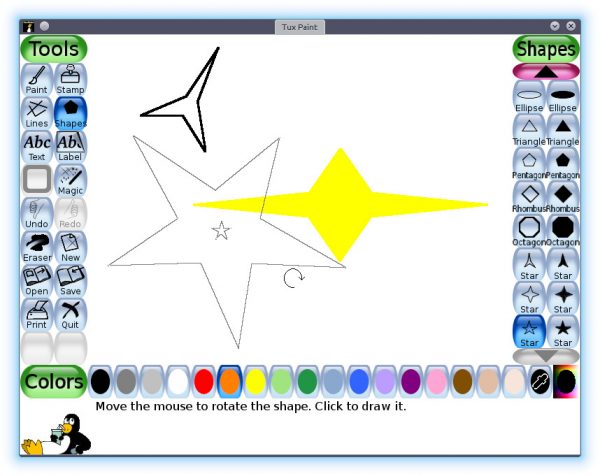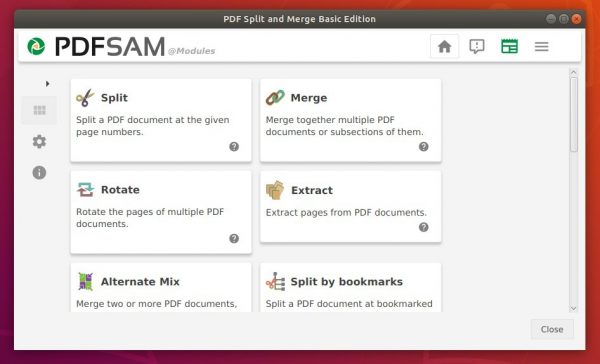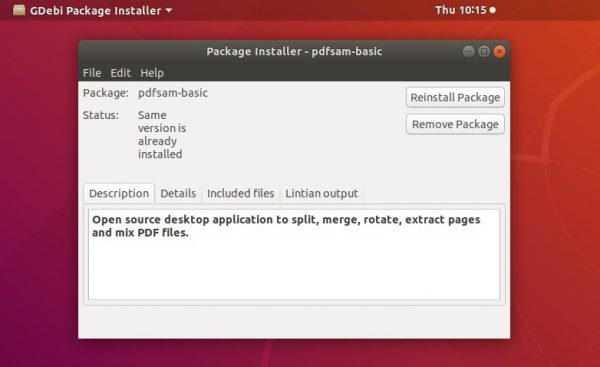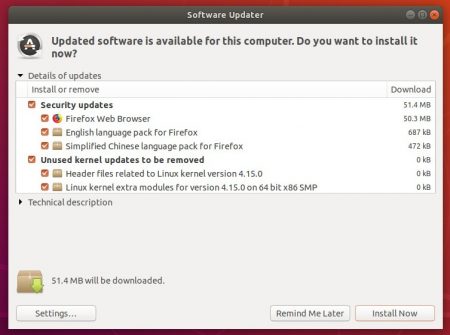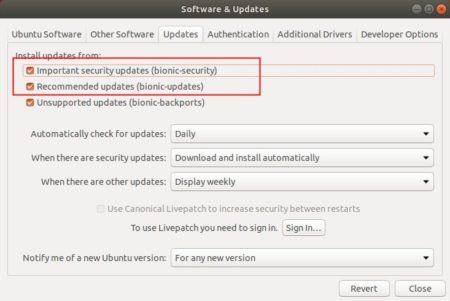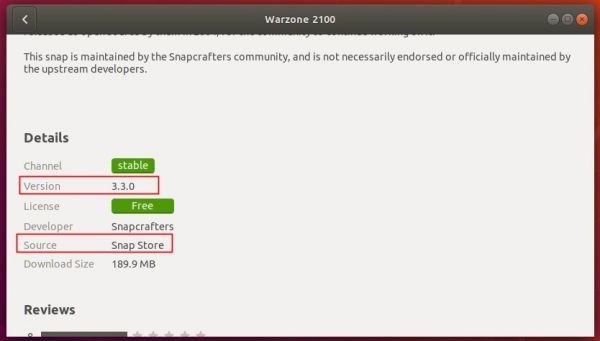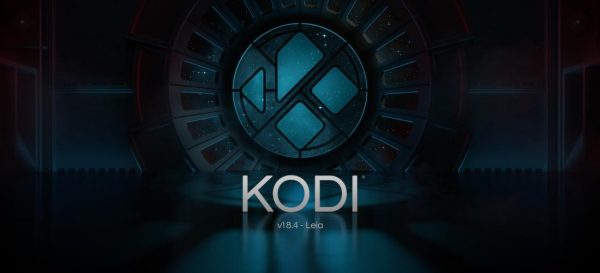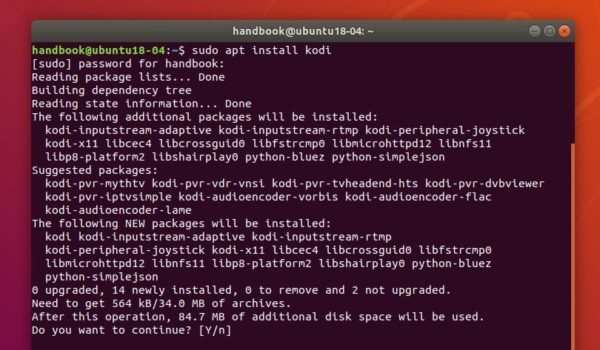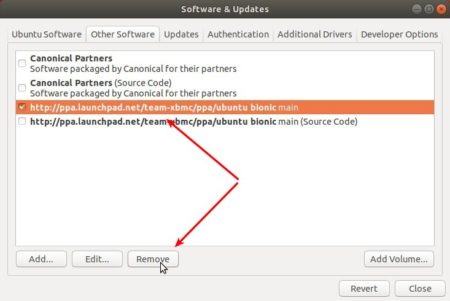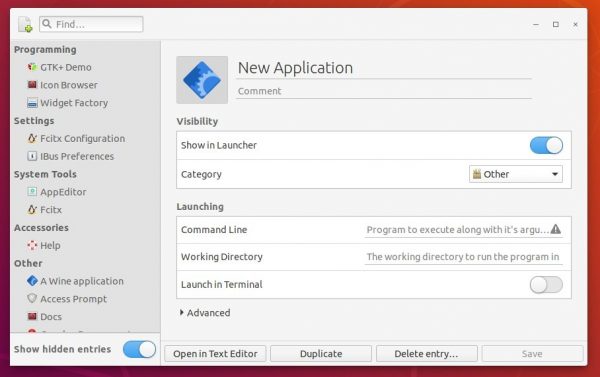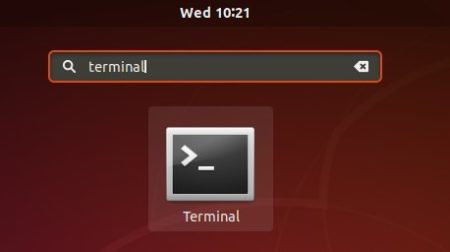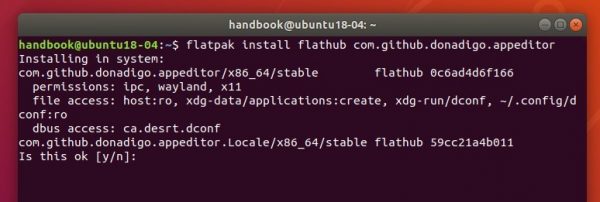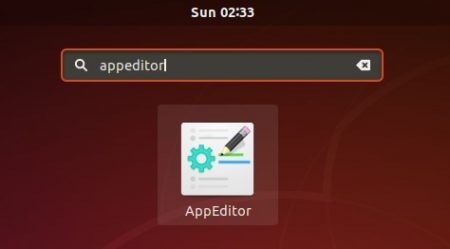![]()
This tutorial shows how to install Tux Paint 0.9.23, an open-source drawing software for children, in Ubuntu 18.04 using the flatpak package.
Tux Paint is a free, award-winning drawing program for children ages 3 to 12. It’s available however old in Ubuntu 18.04 main repository.
Tux Paint 0.9.23 features:
- “color picker”, allows any color within a drawing to be chosen using the pointer
- a set of three-, four-, and five-pointed star shapes.
- New and updated translations.
1. Open terminal either from application menu or by pressing Ctrl+Alt+T on keyboard. When it opens, run command to install flatpak framework first:
sudo apt-get install flatpak

2. Add flathub repository, which hosts a large list of flatpak applications including Tux Paint:
flatpak remote-add --if-not-exists flathub https://flathub.org/repo/flathub.flatpakrepo

4. Finally install the drawing software via command:
flatpak install flathub org.tuxpaint.Tuxpaint
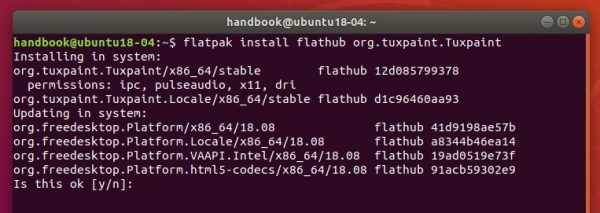
NOTE: The flatpak co-exists with the old Tux Paint package installed from Ubuntu Software. You’ll see two software icons if you have both installed.
If required, you can run the flatpak version via flatpak run org.tuxpaint.Tuxpaint command in terminal.
Uninstall:
To remove Gnome Feeds flatpak package, run command in terminal:
flatpak uninstall org.tuxpaint.Tuxpaint



